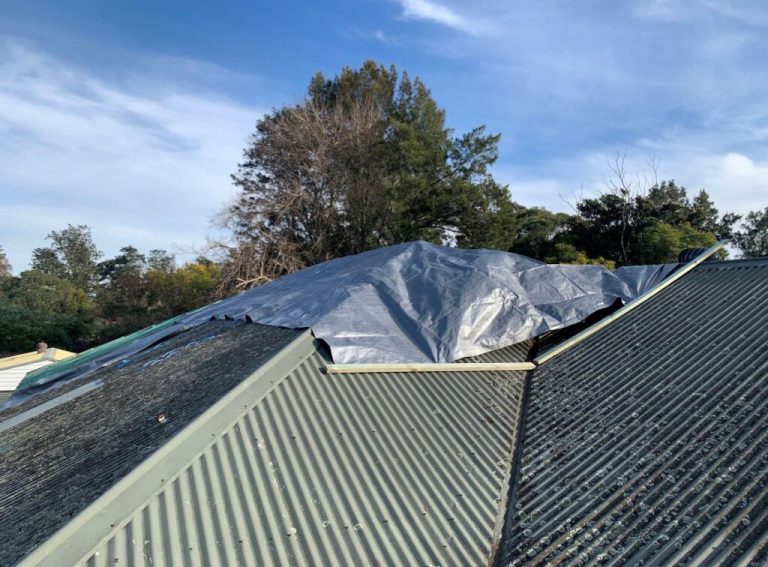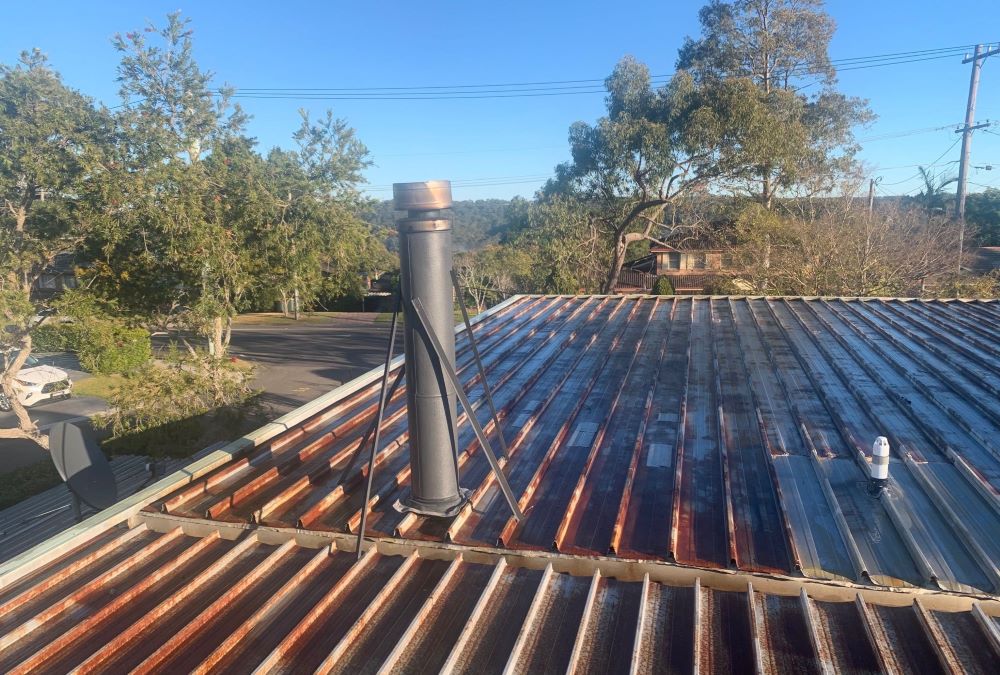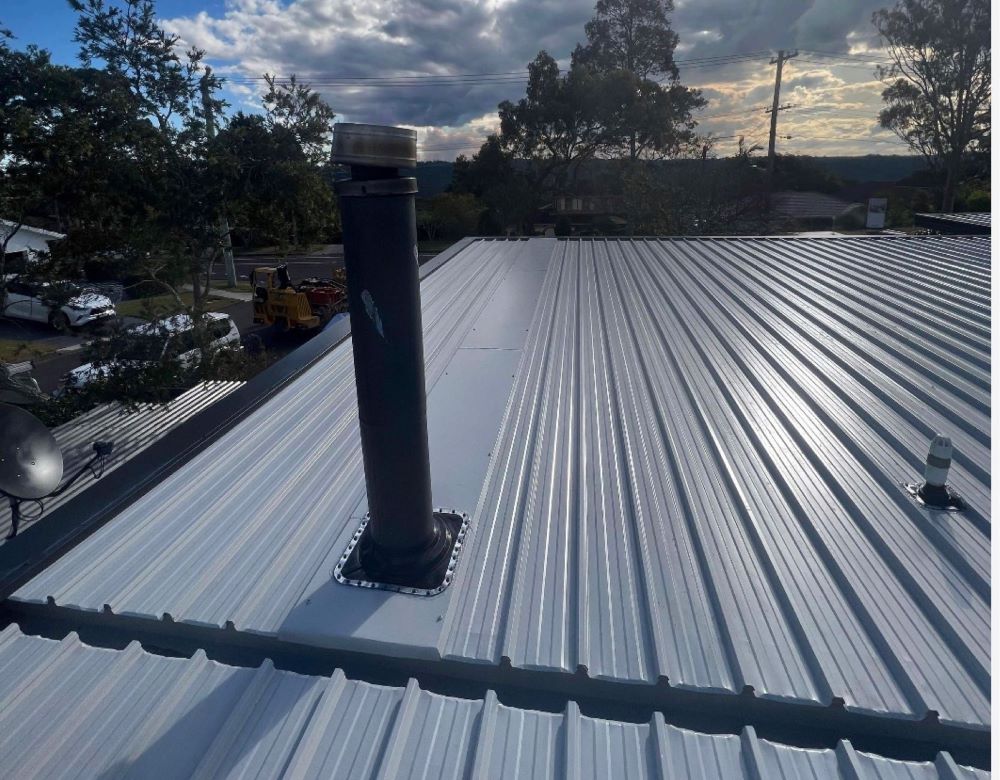A leaking roof during periods of heavy rainfall is a critical indication that serious underlying issues may exist, warranting immediate attention and action. While minor rain may not expose these problems, intense storms can reveal vulnerabilities in the roof’s structure and materials. When roofs are installed correctly and receive regular maintenance, they are engineered to provide robust protection against moisture intrusion, even in the most severe weather conditions.
Roofs are especially susceptible to leaks in areas where there are penetrations or transitions in the roofing system.
Key regions to keep a close eye on include the areas surrounding chimneys, vents, skylights, and intersections of different roof planes. Additional factors that can lead to leaks encompass missing tiles, clogged gutters, and deteriorating flashing.
Moreover, the age of the roof is a significant consideration, as older roofs typically demonstrate a heightened vulnerability to moisture intrusion and structural damage.
Identifying the signs of a leaky roof is essential for homeowners aiming to mitigate further damage and avert expensive repairs. Look for water stains on ceilings and walls, peeling paint, or damp patches within the roof cavity. Recognizing these warning signs promptly can empower you to address leaks before they escalate into more serious issues that require extensive repair work.
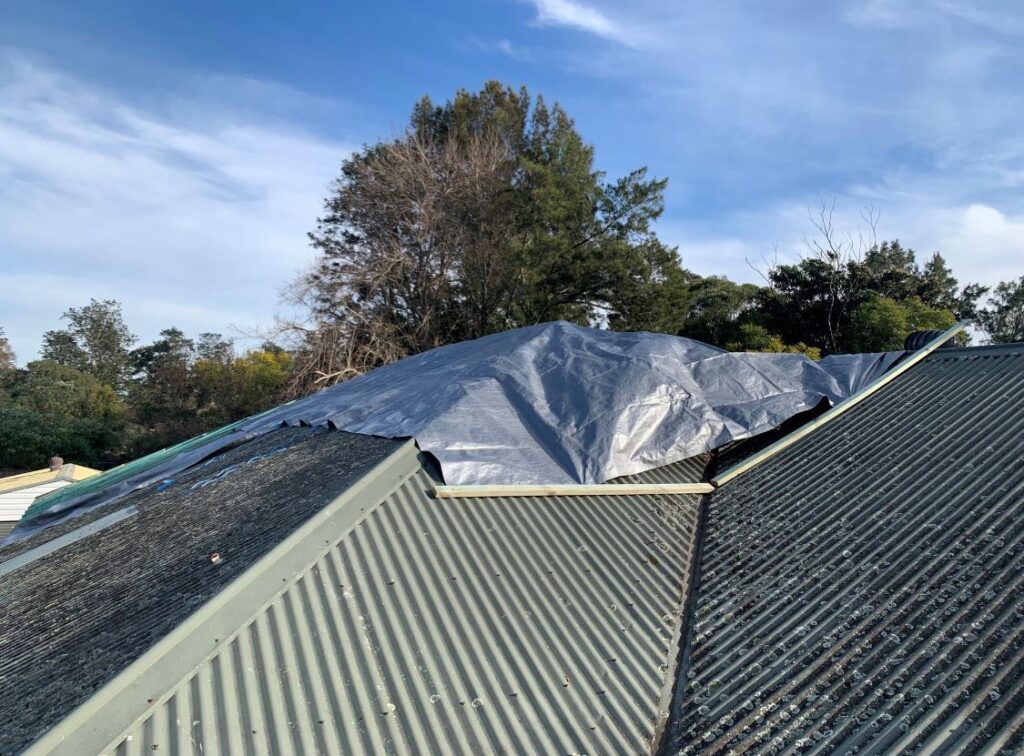
Explore the Main Causes and Implications of Roof Leaks
Understanding the primary causes of roof leaks is essential for homeowners who want to maintain their property’s integrity and value. These leaks can lead to extensive damage, resulting in significant repair costs. Recognizing the various factors that contribute to roof leaks, especially during heavy rain, is crucial for effective roof maintenance and longevity.
Identify Key Factors Leading to Leaks in Tile Roofs
- Damaged or Missing Tiles: Tile roofs are particularly vulnerable to damage from high winds and falling branches. When tiles are displaced, they create openings that allow water to infiltrate the roof structure, leading to potential leaks.
- Cracked Roof Tiles: Over time, aging, foot traffic, or impacts can cause cracks in roof tiles. Even minor cracks can allow water to enter, which can lead to leaks inside the home, damaging interiors.
- Flashing Issues: The effectiveness of waterproofing relies heavily on the integrity of flashing around roof joints and fixtures. On tile roofs, poorly installed or degrading flashing can result in significant water intrusion and subsequent damage.
- Blocked Gutters: Debris such as leaves and twigs can obstruct gutters, causing water to overflow and back up beneath the roof’s edges. This situation is especially problematic for tile roofs, where water may seep through gaps between the tiles, resulting in leaks.
Examine Critical Factors Contributing to Leaks in Metal Roofs
- Loose or Missing Fasteners: Metal roofs are secured by screws or fasteners. If these components loosen or dislodge, they can create pathways for water to penetrate the roofing system, leading to potential leaks.
- Rust and Corrosion: Over time, metal roofs can develop rust, particularly in coastal areas or if routine maintenance is neglected. Rust compromises the roofing material, leading to tiny holes or weakened flashing that can result in leaks.
- Flashing Failures: Flashing on metal roofs is crucial for sealing edges and joints. If flashing becomes loose, corroded, or improperly installed, it creates easy access points for water infiltration, increasing the risk of leaks.
- Blocked Gutters: Similar to tile roofs, blocked gutters can lead to water backup and overflow. On metal roofs, this pooled water may settle near seams or fasteners, significantly increasing the likelihood of leaks.
By proactively addressing these common issues, homeowners can maintain their tile or metal roofs in optimal condition, effectively preventing costly water damage and preserving the integrity of their homes.
Evaluate the Impact of Heavy Rain on Roof Durability and Performance
Heavy rainfall can place additional stress on roofs, often exposing weak spots that may not leak during lighter showers. The accumulation of pooling water can strain the roof’s structural integrity, posing serious risks—especially for flat or low-slope roofs. Excessive water can lead to sagging or, in extreme cases, structural failure, highlighting the importance of regular inspections.
During storms, wind-driven rain can force water underneath shingles, resulting in leaks even if the tiles appear intact from the ground. Furthermore, heavy rain can lead to rapid gutter overflow, directing water down walls or into the home through the roof’s edge, which can cause significant interior damage if not addressed promptly.
Prolonged periods of rain can saturate small holes or cracks, allowing moisture to accumulate over time. Areas that remain damp for extended durations can begin to rot, exacerbating the problem and resulting in more extensive damage if not promptly addressed and repaired.
Identify Key Vulnerability Areas for Roof Leaks During Heavy Rainfall
Roofs consist of various vulnerability points where leaks frequently occur during heavy rainfall. Understanding what to inspect can empower homeowners to proactively address potential issues and prevent water from infiltrating their living spaces, ensuring safety and comfort.
Conduct Thorough Inspections of Roof Valleys and Junctions for Leak Prevention
Roof valleys, where two slopes converge, are critical areas that require close monitoring. These V-shaped channels manage substantial amounts of water during rainfall, making them particularly prone to leaks. Proper flashing and sealing are essential to prevent water from penetrating these vulnerable areas, which can lead to significant damage if neglected.
Moreover, junctions where different roof sections connect often develop gaps or weak points over time. Thorough sealing and careful attention during both construction and maintenance are necessary to ensure these areas remain watertight, effectively redirecting water away from potential leakage points.
Essential Inspection Areas for Tile Roofs
While tile roofs are renowned for their durability and aesthetic appeal, they possess specific vulnerabilities that require attention. Tiles can crack, shift, or become dislodged, exposing the underlayment to moisture and potential leaks. Older or poorly maintained tile roofs may also experience weakened pointing, which is the mortar securing ridge tiles.
Key Areas to Inspect:
- Cracked or broken tiles that expose the roof deck to elements
- Missing tiles, especially in valleys or along ridges
- Debris accumulation in valleys that may obstruct water flow, causing leaks
- Worn or missing pointing on ridge tiles, which can lead to further damage
Maintaining tiles in good condition is vital for ensuring the roof remains watertight, as even minor cracks can allow water to penetrate during heavy downpours, resulting in leaks.
Crucial Inspection Areas for Metal Roofs
Metal roofs are widely appreciated for their durability and weather resistance; however, they are not immune to leaks. Over time, screws can loosen, seals may deteriorate, and metal sheets can develop rust or holes that facilitate water entry.
Important Areas to Inspect:
- Loose or missing screws and fasteners that could compromise the roof’s integrity
- Corrosion or rust, particularly near fasteners or overlaps that need immediate attention
- Worn or cracked sealant around penetrations such as vents or skylights, which can lead to leaks
- Damage to roof sheets, including dents or punctures caused by hail or debris
Metal roofs rely on proper overlaps and sealing to prevent water from seeping through joints or seams. Ensuring these areas remain in good condition is essential for sustaining a watertight roof that effectively protects your home.
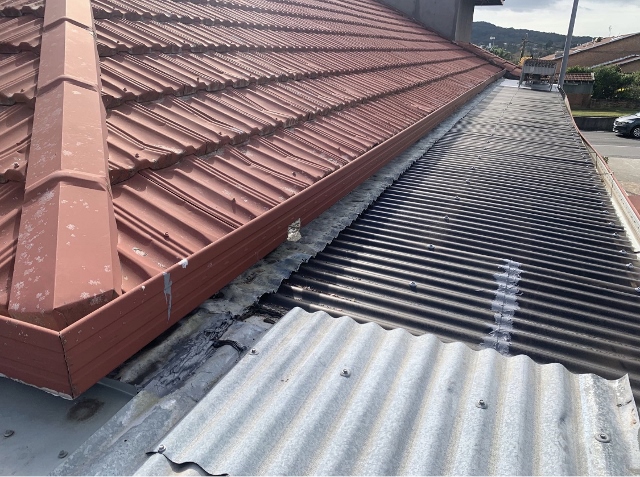
Thoroughly Inspect Chimneys and Vent Flashings to Prevent Roof Leaks
Chimneys and vents are common sources of roof leaks due to the openings they create, which require proper sealing and maintenance. Over time, the flashing and seals around these features can deteriorate, exposing your roof to potential water damage and leaks.
Regular inspections and maintenance are vital for maintaining watertight conditions in these areas, regardless of whether your roof is tile or metal.
Detailed Inspection Checklist for Tile Roofs:
- Cracked or missing tiles around the chimney base that need immediate repair
- Loose or degraded mortar at the flashing edges, which can lead to leaks
- Debris accumulation in valleys near the chimney that may trap water and cause leaks
- Flashing that has become detached or shows signs of corrosion, requiring replacement
Comprehensive Inspection Checklist for Metal Roofs:
- Rusted or damaged metal flashing around the chimney that needs immediate attention
- Improperly sealed flashing overlaps or joints that can lead to leaks
- Fasteners that have become loose or deteriorated over time, compromising the roof
- Gaps where the chimney meets the roof panel that allow water to enter
Vent pipes represent another potential weak point in your roof’s defense against water. These pipes are sealed with rubber boots, which create a snug fitting where the pipes penetrate the roof. Over time, these boots can crack, tear, or wear out, particularly due to exposure to sunlight and temperature fluctuations, leading to potential leaks.
.slider-info-414.bafg-slider-info .bafg-slider-title {
font-size: 22px;
}
.slider-info-414.bafg-slider-info .bafg-slider-description {
}
.slider-info-414.bafg-slider-info .bafg_slider_readmore_button {
text-align: center;
}
.slider-info-414.bafg-slider-info .bafg_slider_readmore_button:hover {
}
.slider-414 .twentytwenty-overlay:hover {
background-color: rgba(0, 0, 0, 0.5);
}
Safeguard Eaves and Edge Details from Water Intrusion
The edges of your roof, particularly eaves and fascia boards, are critical areas susceptible to leaks. If gutters fail to drain effectively, these components can rot, creating pathways for water to penetrate beneath your roofing materials and into your home.
Installing proper drip edge flashing along the roof edges is essential. This flashing helps direct water into the gutters and prevents it from reaching vulnerable wooden structures that can deteriorate over time due to moisture exposure.
To protect eaves and edges:
- Regularly clean gutters to ensure they remain free of debris and function properly
- Consistently check for rotting fascia boards and replace them as necessary to prevent leaks
- Ensure that drip edge flashing is intact and functioning properly to direct water away
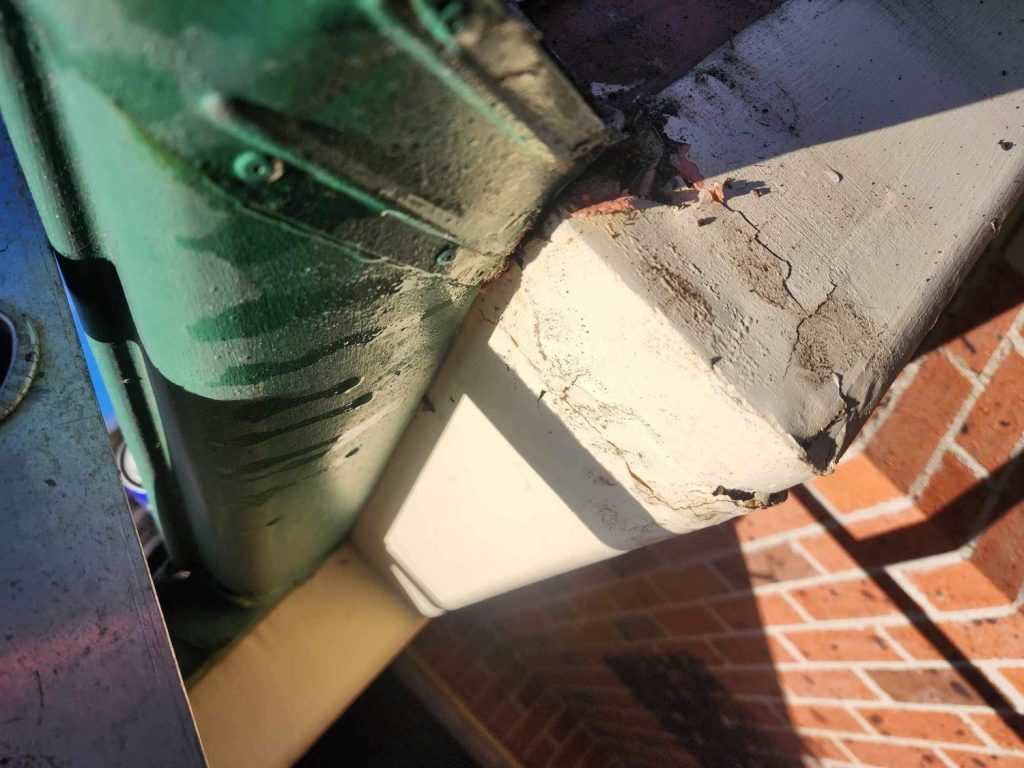
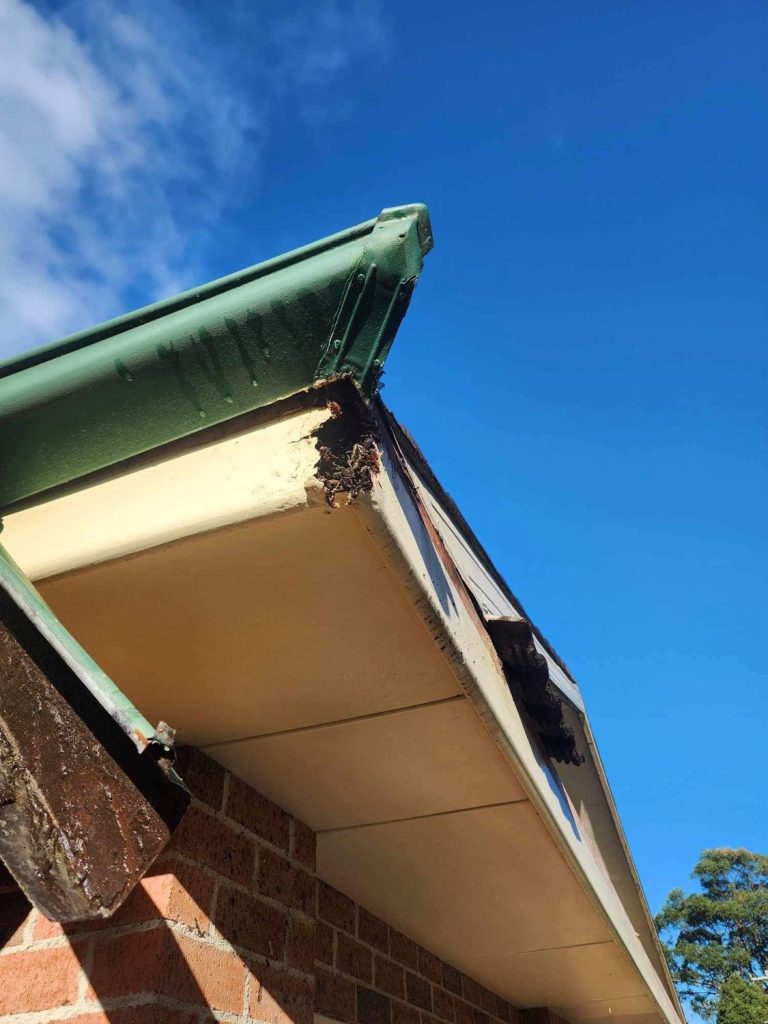
Implement Strategic Maintenance and Proactive Roof Care
Regular roof maintenance is vital for preventing leaks before they can occur. It is recommended to perform thorough inspections at least twice a year, ideally during the autumn and spring seasons when weather changes can affect your roof’s integrity.
- Consistently clean gutters and downpipes to prevent water backup that may infiltrate your roof tiles or sheets.
- Consider upgrading gutter size or adding additional downpipes to enhance drainage efficiency and reduce overflow risks.
- Inspect for cracked, loose, or missing tiles and promptly repair or replace them to maintain a watertight seal that prevents leaks.
- Check metal roofs for rust and loose screws, treating rusty spots with paint and tightening any loose fasteners to maintain integrity.
- Trim tree branches that overhang your roof, as they can scratch and damage roofing materials during storms, leading to leaks.
- Ensure proper ventilation within your roof space to prevent moisture buildup that can lead to rotting and leaks, prolonging the roof’s lifespan.
- Apply sealant to joints and flashings every few years to maintain a watertight barrier that prevents leaks.
- After significant storms, conduct a quick roof inspection to identify any new damage or loose components that may require urgent attention to prevent leaks.
If you are uncertain about what to look for, consider consulting a professional. They can identify issues you might overlook and provide valuable insights on maintenance strategies tailored to your specific roof type.
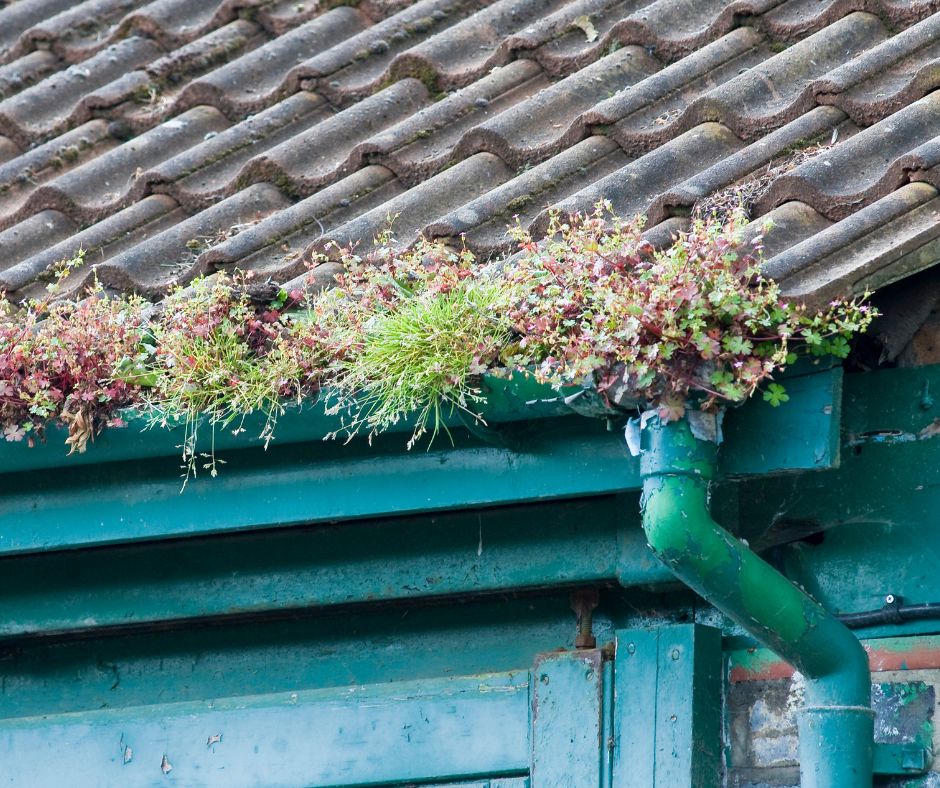
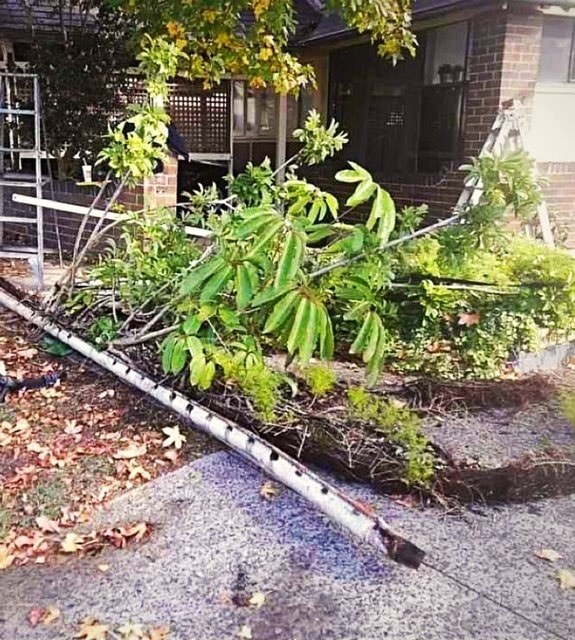
Connect with Local Roofing Experts for Tailored Solutions
AWS Roofing is your trusted local expert serving the Central Coast area.
If your roof is persistently leaking or has sustained damage, do not hesitate to contact our friendly team for a comprehensive roof inspection and tailored solutions to your roofing needs.
Frequently Asked Questions About Roof Leaks and Effective Prevention Strategies
Dealing with roof leaks can feel overwhelming, but understanding their causes and effective solutions can simplify the process. Here are some vital insights regarding leaks, prevention strategies, and effective repair methods that every homeowner should be aware of.
How can I accurately determine the source of a roof leak?
To accurately identify the source of a roof leak, begin by examining water stains or discolored patches on ceilings and walls. Inspect the attic or roof cavity during daylight hours to see if any sunlight is penetrating through. Additionally, you can utilize a hose to spray various sections of the roof while someone observes from inside. Start at lower areas and work your way upward, marking wet spots to clearly identify the entry point of the leak.
What proactive measures should be taken to prevent roof leaks during heavy rainfall?
To prevent roof leaks effectively, it is crucial to regularly clean gutters and downpipes to ensure efficient drainage. Trim any overhanging branches that could pose a risk to the roof’s integrity. Promptly replace any cracked or missing tiles and shingles to maintain a robust roof structure. Additionally, inspect and reseal flashing around chimneys and vents to ensure they are watertight. Applying a waterproof coating to the roof surface and scheduling an annual inspection with a professional can also help ensure your roof remains in optimal condition.
What are common reasons for intermittent roof leaks?
Intermittent leaks can be caused by small cracks that only allow water entry during heavy rain. Ice dams forming at the roof edge during winter can also lead to issues if not managed properly. Wind-driven rain may infiltrate under loose shingles, while poorly sealed valleys where roof slopes converge can contribute to leaks. Additionally, clogged gutters can exacerbate these problems, making regular maintenance essential.
The Article: Roof leaks in heavy rain: common trouble spots and prevention tips first appeared on https://writebuff.com
The Article Roof leaks in heavy rain: prevention tips for common issues Was Found On https://limitsofstrategy.com
References:
Roof leaks in heavy rain: prevention tips for common issues
